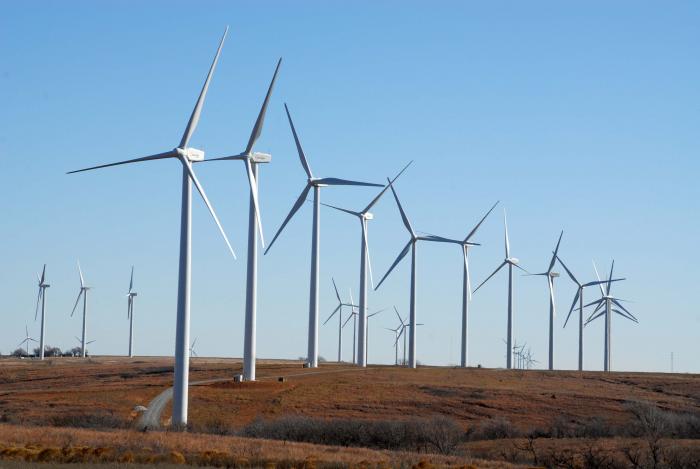
Another strong showing for the nation’s electric cooperatives: They comprise one-fifth of National Cooperative Bank’s annual Co-op 100 list.
Twenty electric co-ops made the 2016 edition, three more than last year. NCB said they had combined 2015 revenues of $19.3 billion. That’s about 9 percent of the $223.8 billion in total revenue of all of the co-ops on the list. The energy and communications sector came in third overall, behind agriculture and groceries.
As has been the case for several years, Basin Electric Power Cooperative leads the list for the energy sector. The Bismarck, North Dakota-based G&T came in at No. 19 with 2015 revenues of more than $2.1 billion.
“Basin Electric is humbled to once again achieve this ranking,” said Paul Sukut, Basin Electric CEO and general manager. “The strength of our cooperative is our people. We stand 137 cooperatives and 2.9 million members strong. Without our members, there is no Basin Electric. Together we strengthen rural America by not only producing and delivering reliable electricity, but by fundamentally working to improve the lives of our member-consumers.”
Three electric co-ops that weren’t on last year’s list made it this time, including Western Farmers Electric Cooperative in Anadarko, Oklahoma.
“We are pleased to be included on a list that recognizes not only the successes of cooperatives on a nationwide level, but also indicates the importance and value of the cooperative business model,” said Gary Roulet, CEO of WFEC.
“As a generation and transmission cooperative, WFEC has always supported the cooperative way of conducting business as benefits are ultimately provided to the consumer. Being a part of this top 100 list is a privilege for WFEC.”
Once again, the nation’s top co-op by revenue is CHS Inc., which has diversified holdings in energy, food and grains. Its revenues for last year came in at $34.5 billion. Household names on the Co-op 100 include Ocean Spray and True Value.
Charles E. Snyder, NCB president and CEO, said co-ops make a “critical” impact on the nation’s economy.
“The cooperative business model can be seen in just about every industry across America, from local food to finance to housing and energy,” said Snyder. “Cooperatives remain a trusted, viable and successful business model.”
View the complete Co-op 100 list here.
Michael W. Kahn is a staff writer at NRECA.